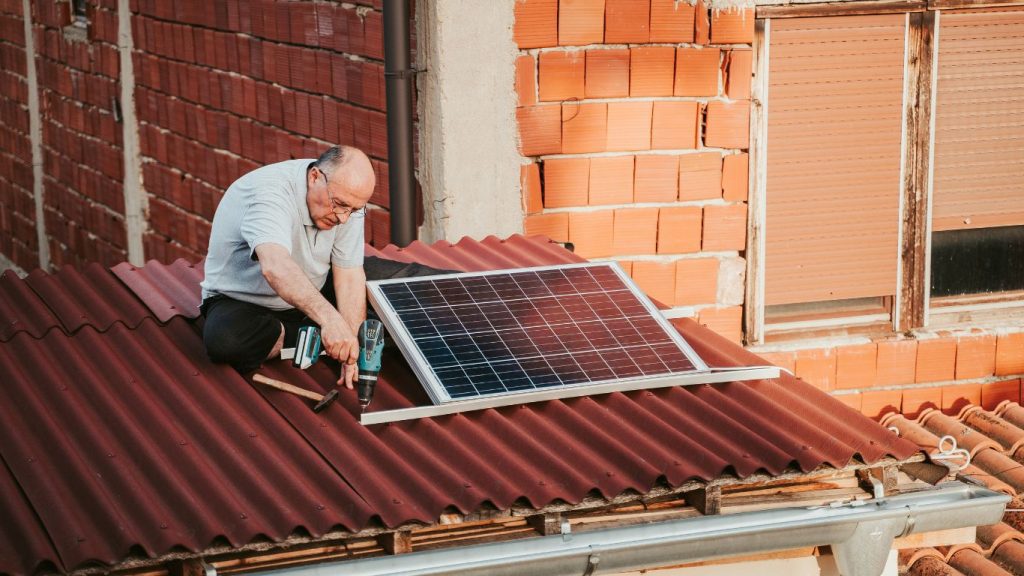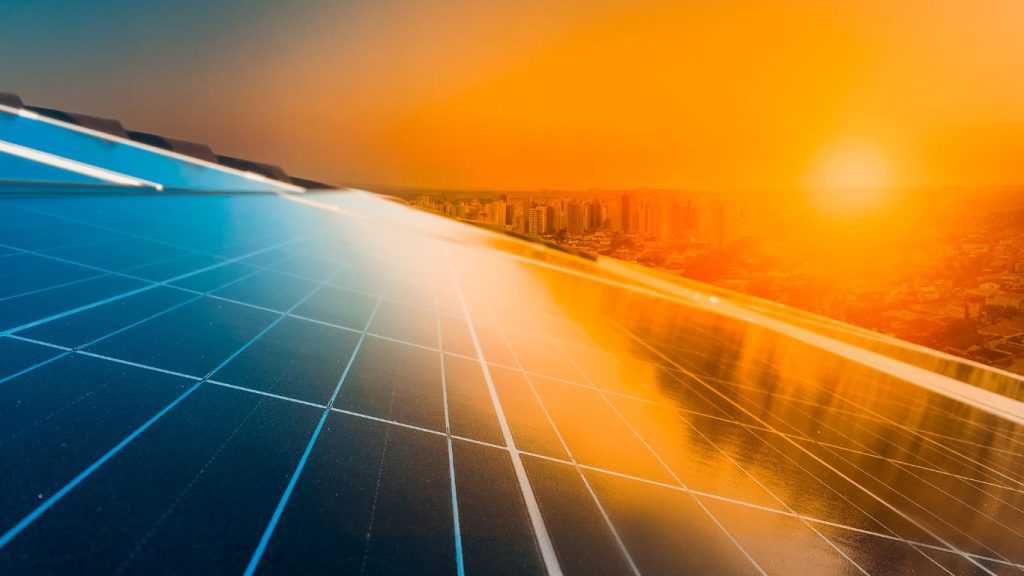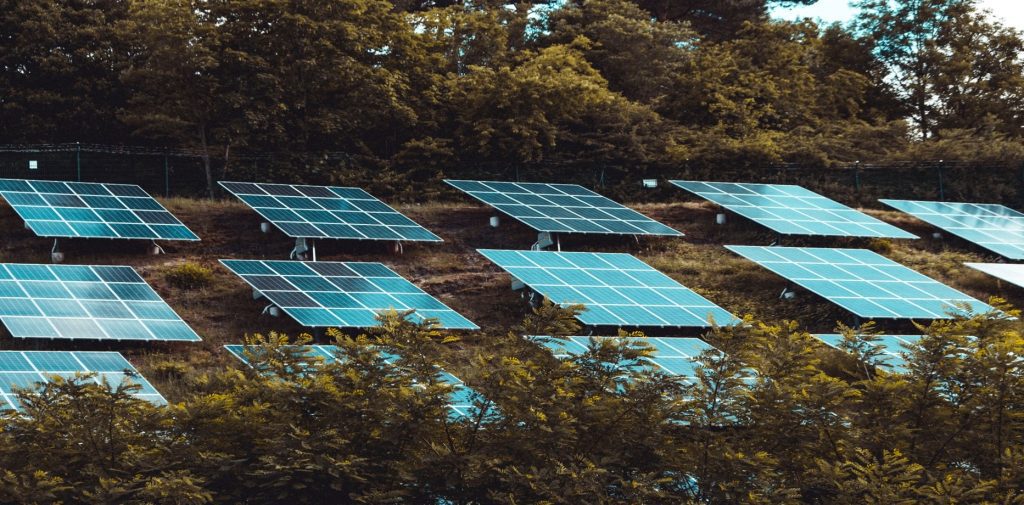Solar panels are devices that convert sunlight into electricity. They were first developed in the 1950s and have since become an increasingly popular source of renewable energy. Solar panels are made up of photovoltaic (PV) cells, which are made of silicon and other materials. When sunlight hits the PV cells, it creates an electrical current. This current is then processed through an inverter, which converts it into usable electricity. In 1839, French physicist Edmond Becquerel discovered the PV effect while experimenting with an electrode in an electrolyte solution. However, it was not until the invention of the silicon solar cell in the 1950s that the first practical solar panels were developed.
The first solar panel was developed by Bell Labs in 1954. At the time, they were considered too expensive and inefficient to be a practical source of energy. However, as technology advanced, solar panels became more efficient and cost-effective. In the 1970s, the oil crisis and increasing concerns over energy independence and environmental sustainability led to a renewed interest in solar energy.
In 1954, Bell Labs, an American research and development company, developed the first silicon solar cell with an efficiency of just 4%. Despite its low efficiency, the silicon solar cell was a major breakthrough in the field of renewable energy because it was the first practical device that could convert sunlight into electricity.
In the decades that followed, solar panel technology continued to advance, with improvements in materials, manufacturing processes, and design. By the 1970s, the efficiency of solar panels had improved significantly, making them more cost-effective and accessible. In addition, the oil crisis of the 1970s and the growing awareness of environmental issues helped to increase the popularity of solar energy and further spur its development.


Today, solar panels are widely used in homes, businesses, and utility-scale solar power plants. They are becoming more popular due to the increasing demand for renewable energy, as well as advancements in technology that have made them more efficient and cost-effective.
Solar panels have several advantages. They are a clean, renewable source of energy that does not produce greenhouse gases or other pollutants. They are also relatively low-maintenance and can last for many years. In addition, solar panels can generate electricity even in areas without access to the electrical grid.
One of the main advantages of solar panels is that they do not produce any greenhouse gases or other pollutants. This makes them an attractive option for people and businesses looking to reduce their carbon footprint and minimize their impact on the environment. Additionally, because solar panels do not require any fuel or other inputs, they are a much more sustainable and reliable source of energy compared to traditional energy sources like coal, oil, and natural gas.
Another advantage of solar panels is their low maintenance requirements. Unlike other energy sources, solar panels do not require any ongoing maintenance or repairs. They can last for many years with minimal attention, making them a low-cost, long-term solution for those looking to generate their own electricity.
Solar panels can also be a valuable resource in areas without access to the electrical grid. For example, in remote areas, solar panels can provide a clean, reliable source of electricity where it would otherwise be difficult or impossible to access the grid. This can be particularly beneficial for people living in poverty or in areas where access to electricity is limited.
Why is solar energy becoming popular so fast?
Solar energy is becoming popular fast due to several reasons:
Cost-effective: The cost of solar panel technology has significantly decreased in recent years, making it more accessible and affordable for a wider range of consumers.
Environmental benefits: Solar energy is a clean and renewable energy source, which helps reduce carbon emissions and support sustainability goals.
Government incentives: Governments around the world are offering tax credits, rebates, and other incentives to encourage the use of solar energy.
Increased demand for energy: As populations grow and economies develop, the demand for energy is increasing, and solar energy is seen as a promising solution to meet this demand.
Advancements in technology: Continuous advancements in solar panel technology have made it more efficient and effective, further increasing its popularity.
Public awareness: The general public is becoming more aware of the benefits of solar energy, and this has led to an increase in demand for solar panels and solar-powered products.
When did solar energy become popular?
Solar energy has grown in popularity in recent years, but it has been used for decades. Solar panels were primarily used to power satellites and other off-grid applications in the 1970s and 1980s. The widespread use of solar panels for homes and businesses only began in the 2000s and has continued to grow rapidly in the years since.

In conclusion, solar panels are a promising technology that has come a long way since their invention. While they have some disadvantages, they offer a clean, renewable source of energy that can help reduce our dependence on fossil fuels and mitigate climate change. As technology continues to advance, it is likely that solar panels will become even more efficient and cost-effective, making them a viable option for an increasing number of people and businesses. For businesses and homeowners, the investment in solar panels can be a smart financial decision. By generating their own electricity, they can save money on their monthly energy bills and potentially even sell excess electricity back to the grid. This can provide a valuable source of income and help offset or eliminate each household’s and commercials electricity bills.





